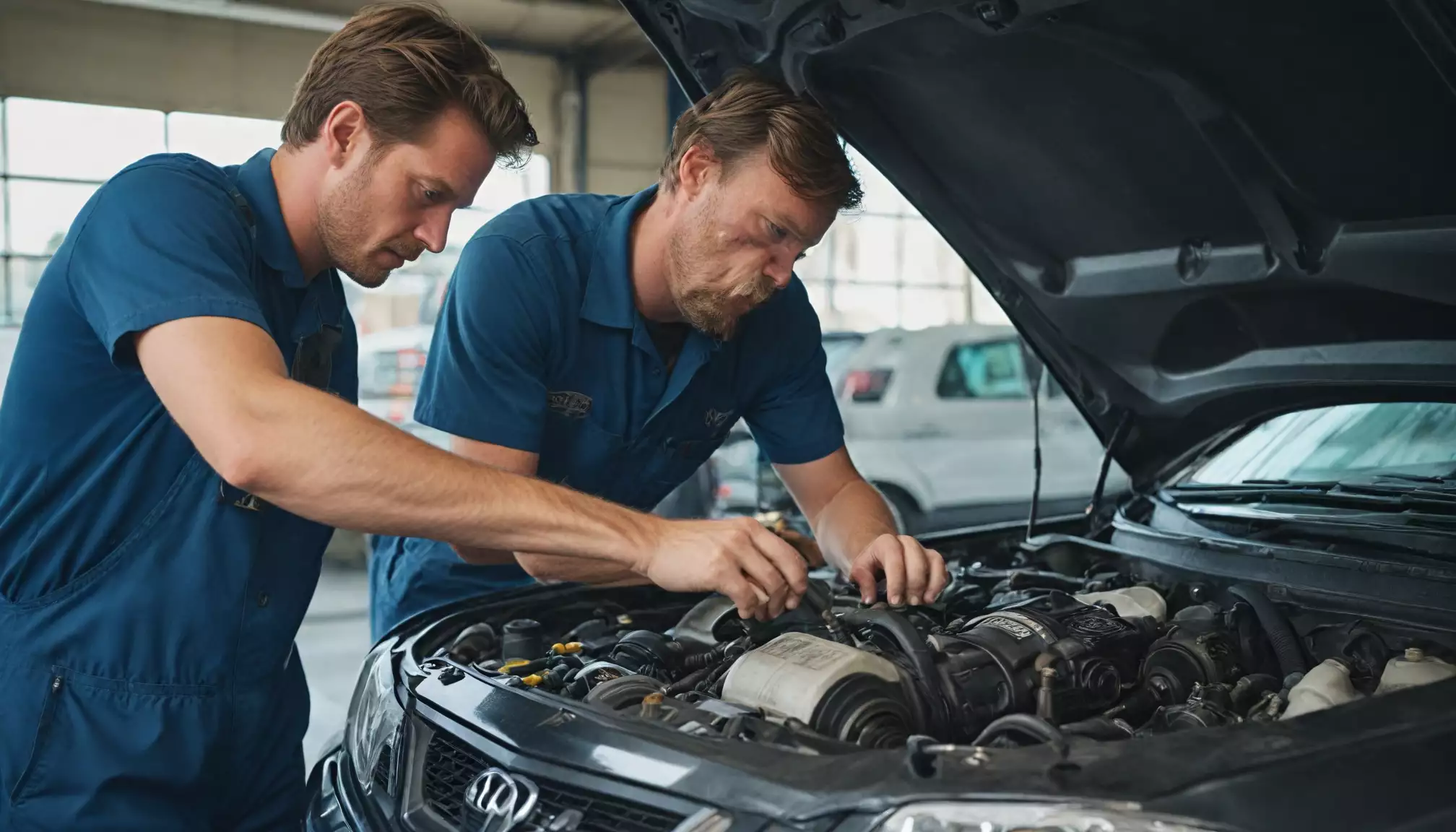Why the Auto Particulate Filter Matters in a Used Car Inspection
When preparing a used car inspection, understanding the condition of the auto particulate filter is essential. This component — often referred to by technicians as the DPF — reduces harmful soot and particulates from diesel exhaust. A clogged or damaged filter can affect engine performance, fuel economy, and emissions compliance, all of which influence the resale value and legal roadworthiness of a vehicle.
Buyers and inspectors should treat the auto particulate filter as a high-priority item in the pre-purchase checklist. In some regions or languages you may see it labeled differently; for example, it can appear as filtre a particules auto in paperwork or service records. Knowing this alternate term helps you spot relevant entries in maintenance histories and dealer listings.
How to Locate and Identify the Filter
Locating the DPF is straightforward with a basic understanding of the exhaust system layout. The filter is usually integrated into the exhaust line near the catalytic converter or exhaust manifold on modern diesel vehicles. Visual identification can be aided by looking for a metallic chamber with inlet and outlet pipes and often temperature and pressure sensors attached.
When reviewing service documents or speaking with the seller, listen for specific terms like auto particulate filter, DPF, or the French phrase filtre a particules auto. Asking for receipts that show filter cleaning, replacement, or forced regeneration events gives you proof of proper maintenance and helps assess the filter’s remaining useful life.
Visual and Functional Checks to Perform
Before you buy, perform simple visual and functional checks to detect obvious DPF issues. A cold visual inspection can reveal external damage, excessive soot deposits, or loose sensor connections. During a short test drive, note any persistent warning lights, unusual smoke, or loss of power which may indicate DPF blockage or faulty regeneration.
Use the following checklist as part of your used car inspection routine to assess the auto particulate filter condition:
- Check for dashboard DPF or emissions warning lights.
- Inspect the exhaust for black smoke or excessive soot on the tailpipe.
- Request the service history for filtre a particules auto maintenance or DPF cleaning.
- Listen for unusual exhaust noises or rattles that could indicate a broken filter housing.
- Ask the seller to perform a cold start and brief acceleration to spot smoke or lag.
Common Problems and What They Mean for Buyers
Common DPF problems include soot build-up, sensor failure, and physical damage from road debris or improper repairs. A heavily clogged filter often triggers a dashboard warning and may force the vehicle into limp mode to prevent engine damage. Repair options range from professional cleaning to full replacement, and costs can be significant depending on the vehicle model.
For buyers, a history of repeated forced regenerations or frequent short trips (which prevent normal regeneration) signals higher risk. If documentation shows regular long drives or professional DPF services, that is a positive sign. Conversely, a missing or unclear maintenance record for the auto particulate filter should prompt caution and possibly a professional diagnostic before purchase.
Preparing for a Professional Inspection and Next Steps
If your initial checks raise concerns, arrange a professional inspection focused on emissions and exhaust diagnostics. Mechanics can read fault codes, measure backpressure across the filter, and perform a detailed visual and thermal inspection to determine if the DPF requires cleaning or replacement. A professional report is also useful leverage during price negotiations.
Finally, factor potential DPF costs into your buying decision. Ask the seller about warranties or recent services related to the auto particulate filter and keep records of any filtre a particules auto maintenance. Being proactive protects you from unexpected repair bills and ensures the purchased vehicle remains efficient, legal, and reliable on the road.
